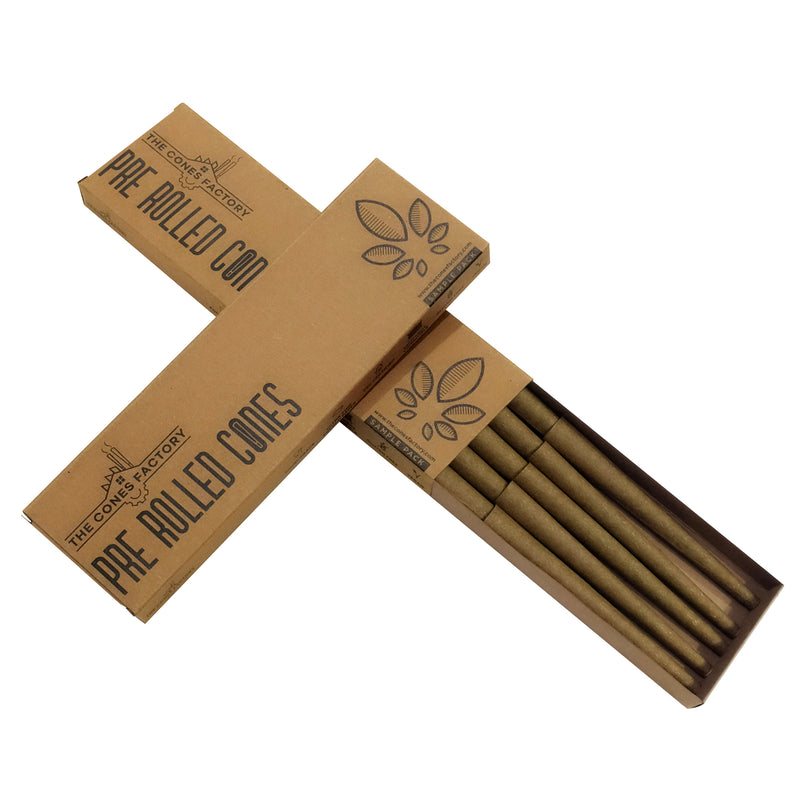
As the earthly concern continues to grapple with situation challenges, industries are progressively turn to property alternatives to tighten their carbon paper step. One of the most likely solutions that has gained momentum in Recent epoch eld is hemp-based promotional material. Specifically, hemp wrappers are rising as a green alternative to traditional impressionable and paper wrappers, offer a more eco-friendly option for businesses looking to align their trading operations with sustainability goals.
The Environmental Impact of Traditional Packaging
Packaging waste is a considerable to world-wide pollution, with pliant wrap being one of the most debatable materials. According to reports, billions of plastic items, many of which are used in publicity, end up in oceans and landfills each year. The situation affect of this is destructive, as plastic takes hundreds of age to decompose and poses a terror to wildlife. Similarly, paper publicity, while biodegradable, is often produced using unsustainable practices, including deforestation and heavy irrigate usage. These factors have sparked ontogeny for alternative materials that can offer both practicality and state of affairs benefits.
Hemp: A Natural and Versatile Material
Hemp has long been established for its wide straddle of uses, from textiles and twist materials to biofuels and health products. However, its potentiality as an eco-friendly publicity material is only commencement to gain widespread aid. Hemp is a fast-growing plant that requires little irrigate and no pesticides, making it a sustainable crop compared to traditional wood pulp used for wallpaper. It also absorbs carbon paper dioxide during increase, contributive to a simplification in nursery gases. These attributes make hemp an attractive alternative for companies quest to reduce their situation bear upon.
Unlike impressionable, hemp is biodegradable and compostable, breaking down naturally without leaving pernicious residues. When used in promotion, hemp offers a renewable pick that is both property and functional. Hemp fibers are warm and long-wearing, qualification them nonsuch for creating wrappers that can protect products while minimizing situation harm.
Hemp Wrappers in the Market
The popularity of hemp wrappers has been ontogenesis across various industries, including food, cosmetics, and retail. In the food sector, hemp-based promotion is particularly appealing for its power to keep products newly while being compostable and non-toxic. Brands are more and more using hemp wrappers for snacks, cooked goods, and produce, especially in regions with demanding regulations on impressible promotional material.
Cosmetic and skin care brands are also tapping into the hemp swerve, with companies launching hemp-wrapped products as part of their sustainability initiatives. From shampoo bars to soap packaging, the versatility of hemp allows brands to make unusual, eco-friendly solutions that invoke to environmentally conscious consumers.
Moreover, hemp promotional material is not express to small-scale products. Large corporations are exploring the use of blunt wraps in industrial publicity, including transportation materials and boastfully production wraps. The development of hemp-based materials that can supplant ace-use plastics in these areas could have a substantial touch on on reduction planetary impressionable waste.
Challenges and Future Outlook
While the benefits of hemp publicity are clear, there are challenges to its general borrowing. One of the primary quill obstacles is cost mdash;hemp-based materials can be more pricy to create than orthodox publicity options. However, as demand increases and engineering improves, the cost of production is expected to decrease, qualification hemp publicity more accessible to businesses of all sizes.
Additionally, there is a need for more search into improving the functionality and scalability of hemp wrappers. While the stuff is durable, ongoing development is needful to make hemp promotional material suited for a wider straddle of applications, including wet and heat underground.
Despite these challenges, the hereafter of hemp wrappers looks promising. With development for property alternatives and increasing squeeze on businesses to meet state of affairs standards, hemp-based packaging is equanimous to become a key participant in the transfer toward greener solutions.
Conclusion
The rise of hemp wrappers represents a substantial step toward reduction the state of affairs impact of packaging. As an eco-friendly, perishable choice to impressible and wallpaper, hemp offers a sustainable root that benefits both businesses and the planet. With continued excogitation and multiplied borrowing, hemp promotion has the potentiality to become a mainstream selection, portion to pave the way for a greener time to come.
